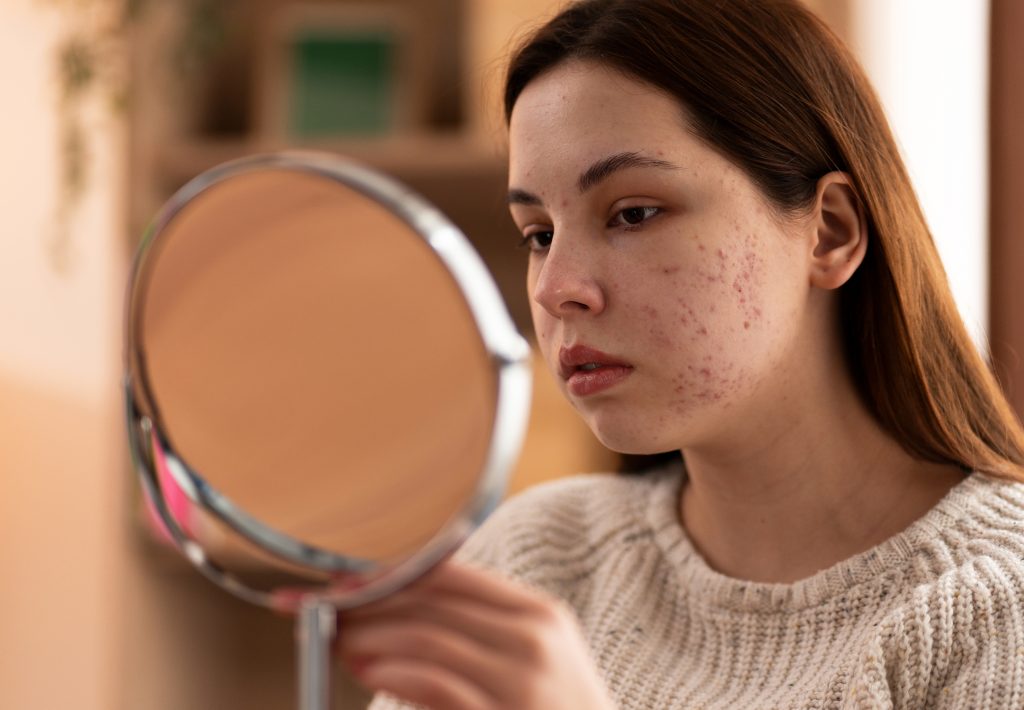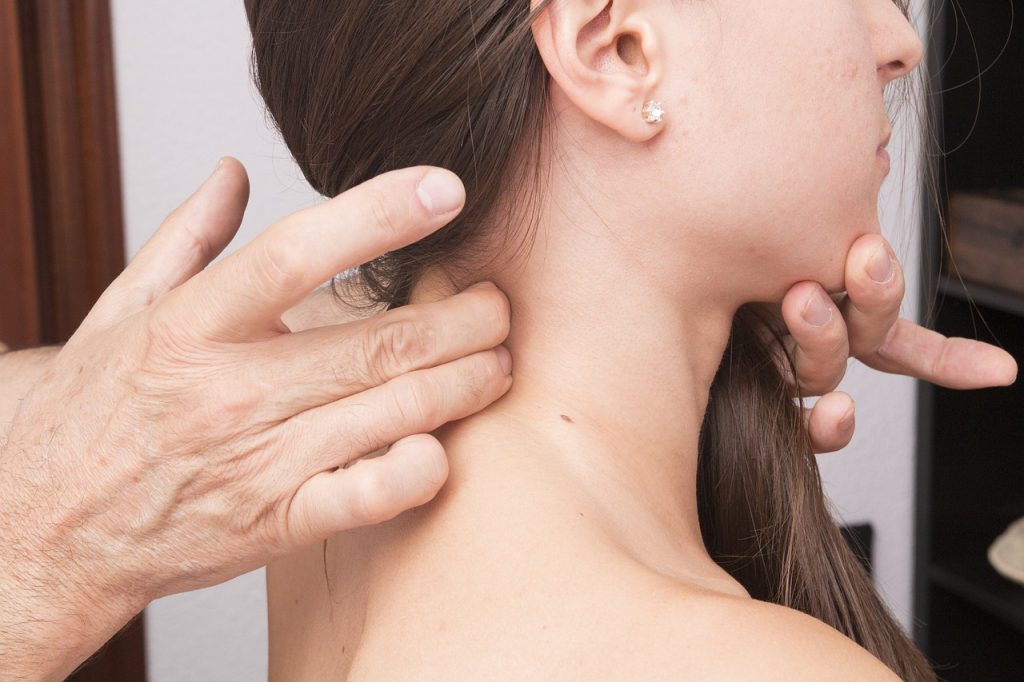Table of Contents
ToggleWhat is fungal acne?
Fungal acne is a skin condition that occurs when hair follicles become infected with an overgrown Malassezia yeast.Unlike traditional acne, which is caused by bacteria, fungal acne is triggered by yeast. The yeast feeds on the natural oils produced by the skin, leading to inflammation and the formation of small itchy bumps.
Can we understanding fungal acne?
Fungal acne, also referred to as Malassezia folliculitis, is a prevalent skin condition triggered by an excess of yeast on the skin.
Unlike traditional acne, which is caused by bacteria, fungal acne occurs when the Malassezia yeast infects the hair follicles, leading to inflammation and the formation of small, itchy bumps.
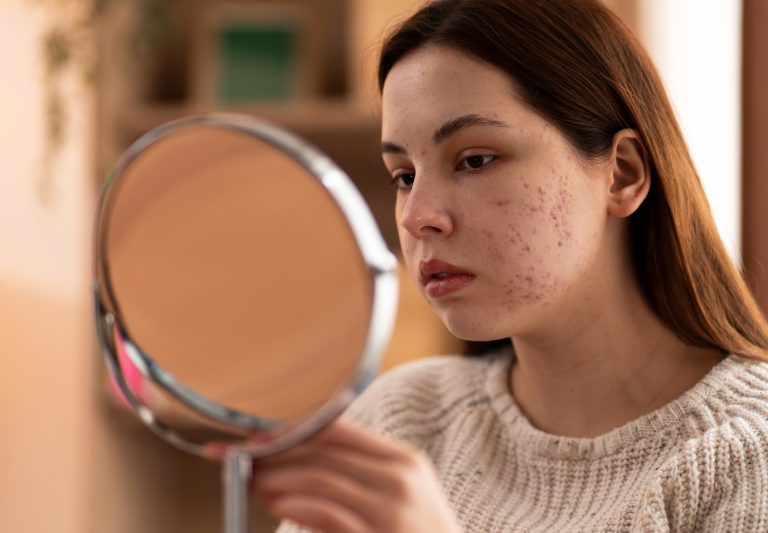
Table of Contents
Before diving into treatment strategies, it’s important to understand what fungal acne is and how it differs from traditional acne.
It is caused by an overgrowth of a yeast called Malassezia, which thrives in a warm, moist environment.
Unlike traditional acne, which is caused by bacteria, Acne occurs when the Malassezia yeast infects the hair follicles, leading to inflammation and the formation of tiny, uniform bumps on the skin
What is diagnosis and symptoms of fungal acne?
Diagnosing fungal acne can be challenging because it often resembles traditional acne or other skin conditions. However, there are certain signs to look out for. This type of acne usually presents as clusters of small, uniform bumps that itch and can be made worse by heat and humidity.
What causes of fungal acne?
Many things can play a role in causing fungal acne to pop up.
These include:
Warm, humid environment: Malassezia yeast thrives in warm, humid conditions, making areas like the chest, back, and scalp more prone to this specific acne.
Excessive sweating: Sweat provides a moist environment that promotes the growth of Malassezia yeast.
Occlusive skin care products: Heavy, occlusive skin care products can trap moisture and oil on the skin, creating an ideal environment for fungal acne to grow.
What symptoms of fungal acne?
- Symptoms of this specific acne can vary from person to person, but usually include:
- Small, uniform bumps on the skin that resemble traditional acne.
- Itching, especially in areas prone to sweating.
- Worsening of symptoms in a warm, humid environment.
Uncovering the Symptoms of Fungal Acne
Navigating the world of skin care can sometimes feel like cracking a mysterious code. With a myriad of conditions and concerns to consider, it’s important to recognize the specific symptoms that indicate a problem. One such problem that often flies under the radar is fungal acne. In this comprehensive guide, we’ll dive into the symptoms of fungal acne and shed light on the telltale signs that differentiate it from traditional acne.
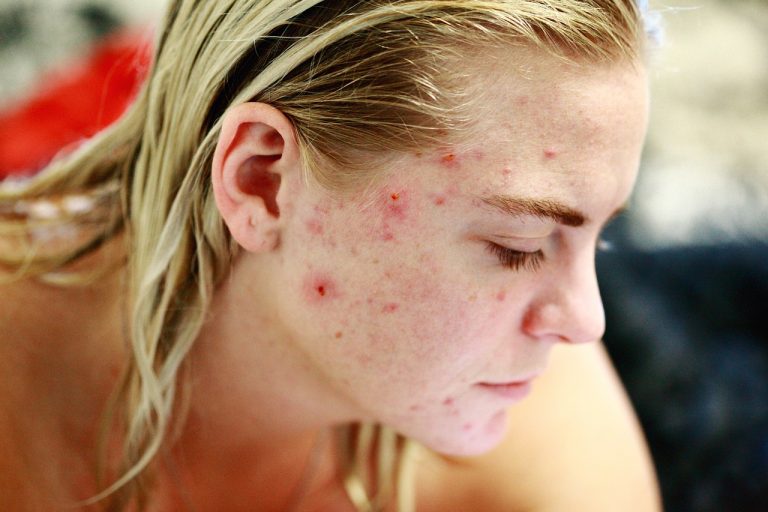
Can we Identifying telltale signs of fungal acne?
Yes we can identifying telltale sign if fungal acne. These signs are…
1. Tiny bumps
One of the characteristic symptoms of this acne is the appearance of small, uniform bumps on the surface of the skin. Often mistaken for traditional acne, these bumps usually cluster and may be accompanied by itching or irritation.
2. Persistent redness
This acne can manifest as persistent redness, especially in areas prone to moisture build-up. This redness may be more pronounced after sweating or wearing tight clothing, which worsens the discomfort associated with the condition.
3. Itching and irritation
Constant itching is another common indicator of fungal acne. Unlike traditional acne, which can cause minimal discomfort, this acne can cause intense itching and irritation, leading to a constant urge to scratch the affected areas.
4. Even distribution
Unlike traditional acne, which can appear randomly on the face, this type of acne tends to show a more even distribution. The bumps often appear in clusters and may follow the pattern of areas prone to sweating, such as the upper back or chest.
5. Deterioration by heat and humidity
Fungal acne thrives in warm, humid conditions, so symptoms are more pronounced during hot weather or in environments with poor ventilation. Individuals living in tropical climates or experiencing seasonal changes may experience an increase in fungal acne breakouts during the humid months.
6. Insufficient response to traditional treatment
Perhaps one of the most frustrating aspects of acne is its resistance to traditional acne treatments. Over-the-counter acne medications containing benzoyl peroxide or salicylic acid may provide temporary relief for bacterial acne, but often prove ineffective against this type of acne.
7. Persistence despite proper hygiene practices
Maintaining good hygiene practices is essential for overall skin health, but even the most meticulous skin care routines may not prevent fungal acne. Despite thorough cleansing and regular exfoliation, individuals with acne may find that the condition persists, highlighting the need for targeted treatment.
8. Absence of white dots or black dots
Unlike traditional acne, which often presents as whiteheads or blackheads, fungal acne usually lacks these characteristic features. Instead, the bumps associated with this specific acne are uniform in appearance and may not contain pus or debris.
9. Aggravation caused by occlusive products
Some skin care products, especially those with occlusive ingredients such as oils or silicones, can make fungal acne worse. These ingredients create a barrier on the surface of the skin, trapping moisture and providing an ideal breeding ground for the yeast responsible for this type of acne.
10. Flare up after using antibiotics
Antibiotics, while effective against bacterial infections, can inadvertently worsen fungal acne by disrupting the balance of microorganisms on the skin. Individuals who experience an increase in acne breakouts after antibiotic treatment should consult a dermatologist for further evaluation and treatment.
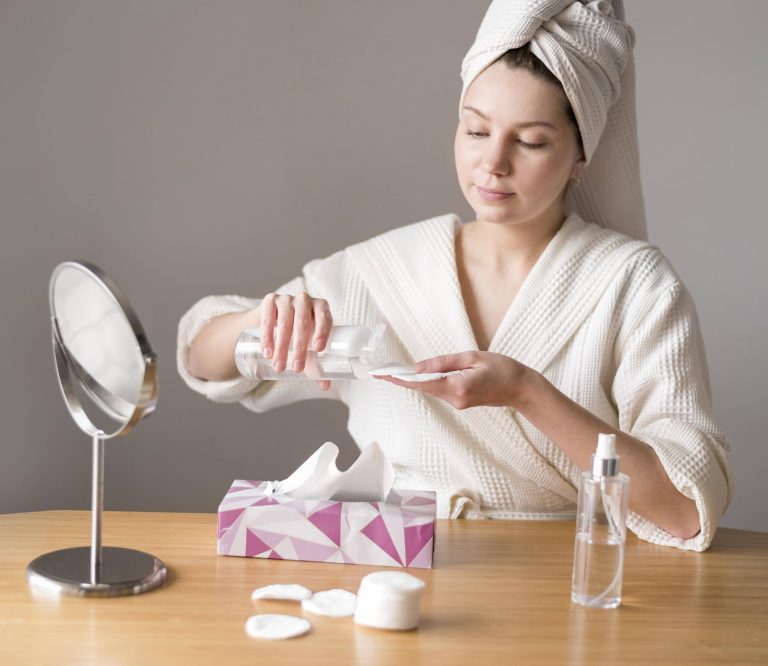
What treatment and strategies?
Antifungal cleaners
Incorporating an anti-fungal cleanser into your skin care routine can help eliminate Malassezia yeast and prevent future outbreaks. Look for cleaners that contain active ingredients such as ketoconazole or zinc pyrithione that are effective in fighting mold growth.
Topical antifungal creams
For more severe cases of fungal acne, a dermatologist may prescribe topical antifungal creams or ointments. These medications work to eradicate the Malassezia yeast and reduce inflammation, which helps clear up acne.
Antifungal shampoos
Since Malassezia yeast can also thrive on the scalp, using an antifungal shampoo can be beneficial in treating fungal acne on the face and body. Choose shampoos that contain ketoconazole or selenium sulfide, which help kill yeast and prevent it from reappearing
Natural remedies do work?
In addition to conventional treatments, some natural remedies can help relieve the symptoms of fungal acne. Tea tree oil, apple cider vinegar, and coconut oil have antifungal properties that can help reduce inflammation and soothe the skin.
Natural Remedies for Fungal Acne: Natural Blemish Removal
If you’ve been struggling with stubborn blemishes that just won’t go away no matter what you try, you may be dealing with this type of acne. Unlike regular acne, which comes from bacteria, fungal acne happens because there’s too much yeast hanging out on your skin. But don’t worry! There are several home remedies that can help you fight fungal acne effectively and naturally.
Here are some natural remedies
Tea Tree Oil: Natural Antifungal Power
One of the most effective remedies for fungal acne is tea tree oil. Known for its anti-fungal properties, tea tree oil can effectively fight the yeast responsible for this type of acne. To use tea tree oil, dilute it with a carrier oil such as coconut oil and apply directly to the affected areas with a cotton ball. Do this routine twice a day for the greatest outcome.
Apple Cider Vinegar: Balances pH levels
Apple cider vinegar is another natural remedy that can help treat fungal acne. Due to its acidic nature, apple cider vinegar helps balance the skin’s pH level and creates an inhospitable environment for yeast to grow. To use apple cider vinegar, mix equal parts vinegar and water and apply to affected areas with a cotton ball. Let it sit for a few minutes before washing it off with lukewarm water.
Probiotics: Restoring the skin's natural balance
Maintaining a healthy balance of good bacteria on the skin is essential to keeping fungal acne at bay. Probiotics, whether taken orally or topically, can help restore the skin’s natural microbiome, thereby preventing yeast overgrowth. Include probiotic-rich foods in your diet, such as yogurt, kefir, and kimchi, and consider using probiotic-containing skin care products for added benefits.
Aloe Vera Gel: Soothes inflammation
Aloe vera gel is known for its soothing properties, making it an excellent remedy for soothing inflamed skin associated with this type of acne. Apply a thin layer of pure aloe vera gel to the affected areas and leave overnight for maximum relief. Not only does aloe vera help reduce inflammation, it also promotes healing and hydrates the skin without clogging pores.
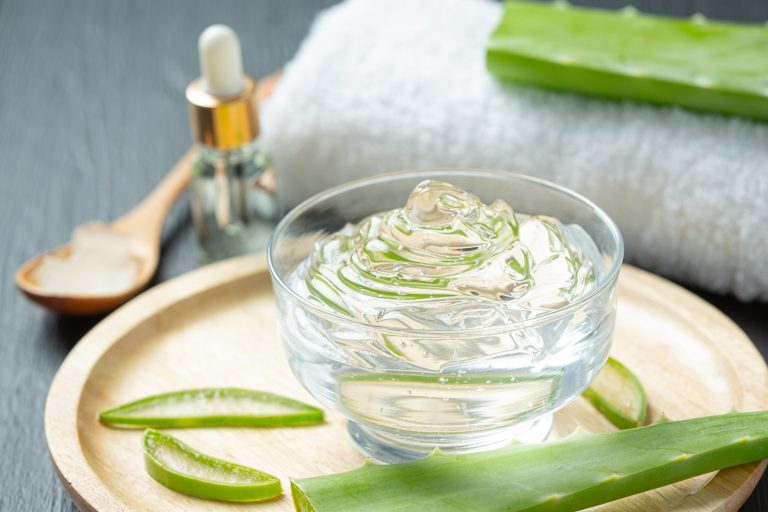
Zinc Supplements: Boosting Immunity
Supporting your body’s immune system is essential to fighting fungal acne from the inside. Zinc supplements have been shown to boost immune function and reduce inflammation, making them a valuable addition to your treatment regimen. Consult a healthcare professional to determine the appropriate dosage of zinc supplements for your individual needs.
Turmeric paste: Anti-inflammatory elixir
Turmeric is a powerful anti-inflammatory spice that when applied topically can help relieve the symptoms of acne. Mix turmeric powder with water to form a paste and apply it on the affected areas for 15-20 minutes before rinsing it off with lukewarm water. Be careful as turmeric can temporarily stain clothes and skin, but its anti-inflammatory effects are worth the extra effort.
Green Tea Extract: Fights mold growth
Green tea extract contains polyphenols, powerful antioxidants that help fight fungal growth on the skin. Incorporating green tea extract into your skin care routine can help prevent fungal acne flare-ups and promote clearer, healthier skin. Look for skin care products that contain green tea extract or brew a cup of green tea and use it as a toner for your skin.

Witch Hazel: Balancing oil production
Witch hazel is a natural astringent that helps balance oil production and tightens pores, making it an effective remedy for acne-prone skin. After cleansing the skin, apply witch hazel to the affected areas using a cotton ball or tampon to remove excess oil and impurities. Regular use of witch hazel can help prevent future breakouts and promote clearer skin.
Why Adopting natural solutions for fungal acne?
Dealing with fungal acne can be frustrating, but with the right home remedies and skin care regimen, you can clear blemishes and achieve clear, glowing skin. From tea tree oil to apple cider vinegar to probiotics, nature offers a plethora of solutions to combat fungal acne without harsh chemicals and side effects. Experiment with different products to find what works best for your skin, and remember to be patient—consistency is the key to healthier skin.
What tips for prevention fungal acne?
To prevent future outbreaks of this acne, practice good hygiene, avoid excessive sweating, and keep your skin clean and dry. Additionally, avoid using heavy, occlusive skin care products that can aggravate acne breakouts.
What Conclusion?
Navigating the path to clear skin
In conclusion, understanding this type of acne and its causes is key to effective treatment and prevention. By following the tips in this guide, individuals can defeat this type of acne and achieve clear and healthy skin. If you suspect you have fungal acne, consult a dermatologist for a proper diagnosis and individual treatment recommendations.
Recognizing the symptoms of this specific type of acne is the first step to effective treatment and cure. By understanding the unique characteristics of this condition, individuals can seek targeted solutions that address the underlying cause.
From tiny bumps to persistent itching, each symptom offers valuable insight into the complex nature of acne. Armed with this knowledge, individuals can embark on the journey to clearer, healthier skin, free of the burden of fungal acne.

